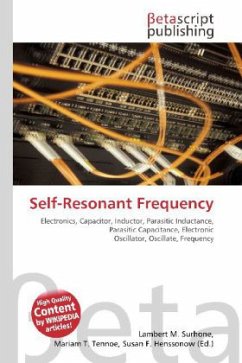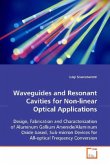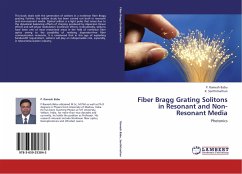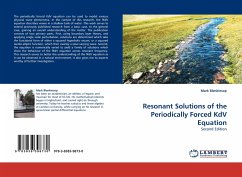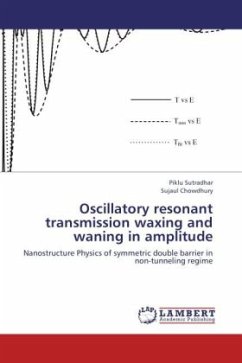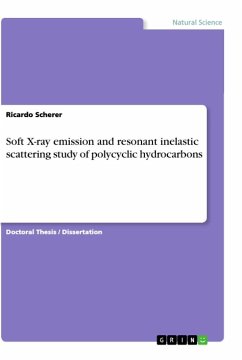Please note that the content of this book primarily consists of articles available from Wikipedia or other free sources online. In electronics, capacitors and inductors have parasitic inductance and capacitance, respectively. For a capacitor, the inductance is primarily due to the physical dimensions including the leads. The lead inductance can be calculated using the equation Ldc = 2L[ln(2L/r) - 0.75]nH where Ldc is the low-frequency or DC inductance in nano-henries, L is the wire length in cm, and r is the wire radius in cm. Since a capacitor and inductor in series creates an oscillating circuit, all capacitors and inductors will oscillate when stimulated with a step impulse. The frequency of this oscillation is the self-resonant frequency (SRF). A capacitor or inductor behaves ideally only when its working frequency is well below the self-resonant frequency. As its working frequency increases, the effects of the parasitic inductance or capacitance became more pronounced until its self-resonant frequency, when the effective capacitance or inductance is zero since it is canceled by its counterpart.
Bitte wählen Sie Ihr Anliegen aus.
Rechnungen
Retourenschein anfordern
Bestellstatus
Storno

